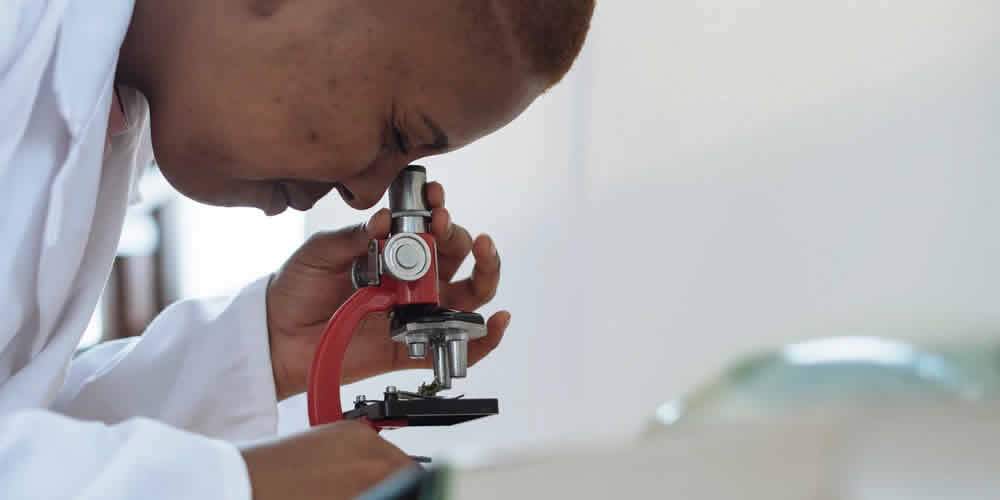- Extract from an ancient desert fruit improved blood sugar and insulin sensitivity in mice with type 2 diabetes
- The berry acts on a key cell pathway that helps the body handle glucose and fats, suggesting wider metabolic benefits
Researchers in China have been studying a tough desert shrub called Nitraria roborowskii Kom.
It grows in the harsh conditions of western China and its bright red fruits, sometimes called desert cherries, have been used in traditional Chinese medicine and as a food by local communities for many generations.
Only recently have scientists started to test this fruit in modern laboratory settings to see whether it might have genuine benefits for metabolic health, including type 2 diabetes.
How the study was carried out
A team from Qinghai University and the Northwest Institute of Plateau Biology prepared a concentrated extract from the fruit, known as NRK C.
They then gave this to mice with type 2 diabetes over seven weeks and compared them with diabetic mice that did not receive the extract.
The results were striking in the animals that took NRK C:
- Fasting blood glucose levels fell by about thirty to forty per cent, with stronger effects at higher doses
- Insulin sensitivity improved by roughly half compared with untreated diabetic mice
- Markers of abnormal fat handling and oxidative stress dropped, in some cases by as much as sixty per cent
When the researchers looked more closely at how the extract worked, they found that it reactivated the PI3K AKT signalling pathway inside cells.
This pathway is crucial for the way the body responds to insulin and manages glucose and fat metabolism. In type 2 diabetes it often functions poorly.
By restoring activity in this pathway, the berry extract appeared to help the body reset its metabolic control rather than simply hiding symptoms.
Under the microscope, liver and pancreas tissue from treated mice looked healthier and less damaged than tissue from untreated animals.
For now, this desert berry is an interesting lead, not a proven therapy.




